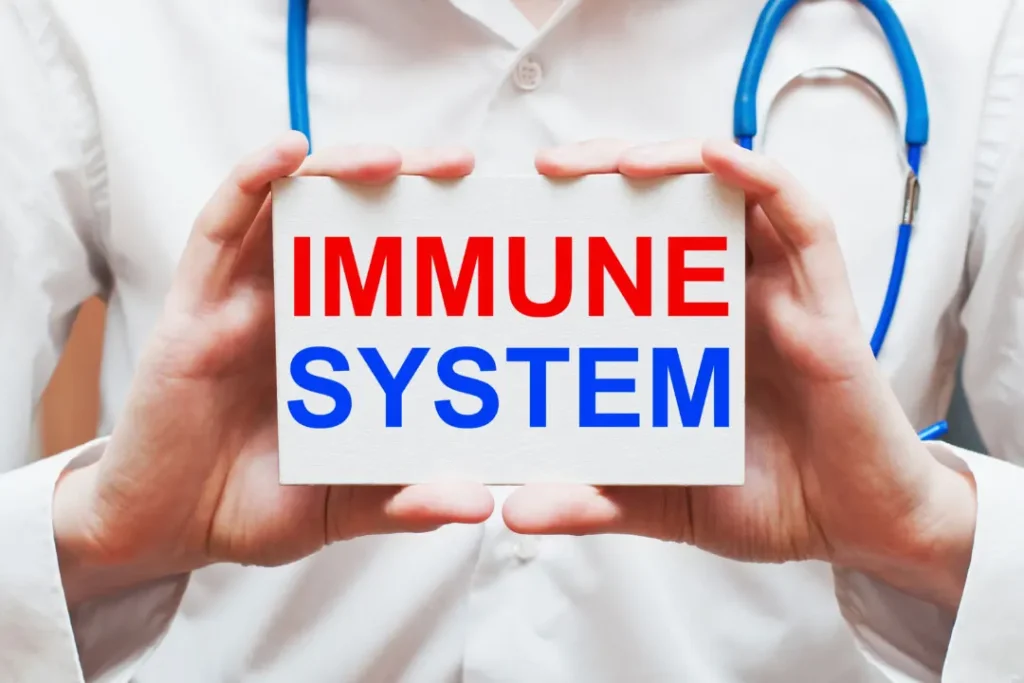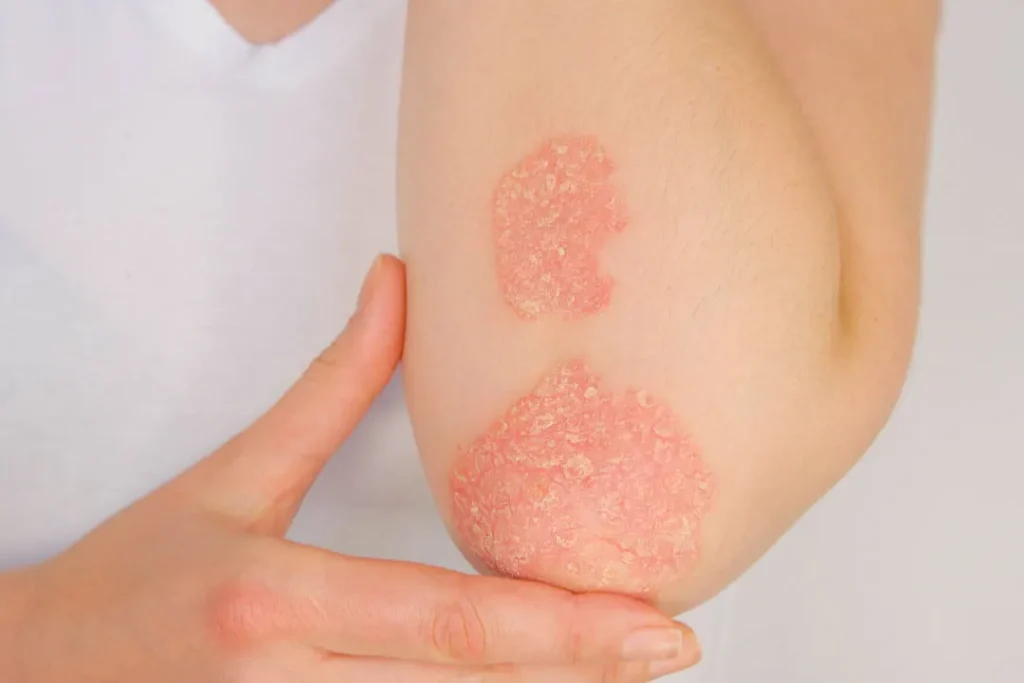Knautia arvensis, sometimes referred to as field scabious, has a long history of use in traditional medicine. Despite its modest appearance, this perennial member of the Caprifoliaceae family (which frequently adorns European landscapes) has substantial therapeutic promise. Current scientific study seeks to clarify the nature of field scabious by; investigating health advantages, determining ideal dosage, identifying adverse effects, possible drug interactions, and important details relevant to responsible usage.
You May Also Like:
Should You Try CBD for Focus? Here Are the Facts.
CBD for Concentration: The Productivity Hack for Energy and Focus
Field Scabious: Benefits, Dosage, Side Effects, Drug Interactions, and Other Important Information is an original (NootropicsPlanet) article.
Nature of Field Scabious
Hardy perennial field scabious grows up to one meter tall and prefers well-drained soil, growing most commonly in meadows and pastures. Its flower heads stand out because of its eye-catching combination of blue-violet, mauve, and pinkish tones. The plant’s significance, however, is found in its chemical make-up.
The phytochemical profile of field scabious contains various bioactive substances, namely; phenolic compounds, flavinoids, and iridoid glycosides. One such phenolic compound, a derivative of cinnamic acid, is commonly used in certain pharmaceuticals and as flavorings. Significant concentrations of the flavonoids kaempferol and quercetin, known for their strong antioxidant abilities, are present. A significant amount of iridoid glycosides, including catalpol and loganic acid, which have shown medicinal promise, are also present in the plant.
Health Benefits of Field Scabious
Field scabious contains bioactive substances that have a variety of positive health effects, including antioxidant, anti-inflammatory, and immunomodulatory activities.
Quercetin and kaempferol are two flavonoids with strong antioxidant activity that combat free radicals and prevent oxidative stress, a significant contributor to the development of chronic diseases. By preventing the synthesis of pro-inflammatory cytokines, these flavonoids have also demonstrated anti-inflammatory actions, which have been found to reduce inflammation in a variety of disorders.
Iridoids with neuroprotective properties include catalpol and loganic acid. As an illustration, catalpol has been effective in animal models of neurodegenerative illnesses, maybe as a result of its anti-inflammatory and antioxidant properties. Additionally, immune system dysfunctions can be managed by using loganic acid’s immunomodulatory properties.
Additionally, the phenolic compounds in field scabious, particularly the derivatives of cinnamic acid, have antibacterial properties, making them attractive candidates for the creation of new antimicrobial drugs.

Chemistry of Field Scabious
Field scabious, also known as Knautia arvensis, is a biochemically complex plant that contains a wide variety of bioactive substances. Iridoid glycosides, flavonoids, and phenolic chemicals make up the majority of its chemical makeup.
Phenolic substances, such as the derivatives of cinnamic acid, are secondary metabolites that are essential to plant defense systems. Kaempferol and quercetin are two examples of the group of polyphenolic chemicals known as flavonoids. They are produced by plants through the phenylpropanoid pathway, which is essential for their interaction with the environment. Iridoid glycosides, such as catalpol and loganic acid, are monoterpenoid substances that serve a variety of biological purposes.
The presence of reactive functional groups, which enable them to take part in a variety of biological activities, is essentially what gives these bioactive compounds their strong antioxidant, anti-inflammatory, and neuroprotective capabilities.
Physiological Mechanisms of Action
Field scabious contains powerful antioxidants in the form of phenolic compounds and flavonoids. They can quench singlet oxygen, bind metal ions, and contribute hydrogen atoms or electrons, which neutralizes reactive oxygen species and lessens oxidative stress and the cellular damage it causes.
Flavonoids like quercetin and kaempferol, which block certain enzymes involved in the generation of pro-inflammatory mediators, have anti-inflammatory characteristics. They lessen inflammation by preventing the production of cyclooxygenase and lipoxygenase, two vital enzymes in the pro-inflammatory eicosanoid pathway.
Field scabious contains iridoid glycosides, notably catalpol, which have potential for neuroprotection. In animal models of neurodegenerative diseases like Alzheimer’s, catalpol has demonstrated promise. Through its antioxidant and anti-inflammatory characteristics, it may suppress neuronal apoptosis (programmed cell death) and regulate neuroinflammatory reactions.

Optimal Dosage of Field Scabious
The ideal field scabious dose is influenced by a number of variables, including the user’s age, health, and intended use. Due to the dearth of extensive, human clinical studies, there is currently no accepted dose. However, according to traditional medical usage, a tea made from 1-2 grams of dried field scabious and consumed 1-3 times a day would be a good place to start. It is strongly advised that you speak with a licensed healthcare practitioner before beginning any new herbal supplement.
Side Effects of Field Scabious
The adverse effects of field scabious are possible, just as with other medical herb. When taken properly, the substance is usually regarded as harmless, but excessive ingestion can cause gastrointestinal problems such nausea, vomiting, and diarrhea. Individuals who are sensitive may also have skin rashes or allergic reactions.

Potential Substance Interactions
Other substances, including prescription medications and other herbal supplements, may interact with field scabious. Anti-inflammatory and antioxidant qualities of the plant may either improve or impair the effects of drugs having similar effects. For instance, its usage in combination with antioxidant supplements or nonsteroidal anti-inflammatory medicines (NSAIDs) may enhance their benefits and raise the risk of overmedication.
Best Responsible Use
Field scabious, a well-rounded bioactive herb used traditionally for medicine, offers several health advantages. To fully use its medical potential safely, further research is required to determine its ideal dose and any interactions. For the time being, it is advised to use this herbal supplement with caution and knowledge, ideally with a doctor’s supervision.

Field Scabious:
Conclusion
Field scabious is a true symbol of natural beauty and environmental sustainability. Its vibrant purple blooms, graceful structure, and medicinal qualities have been used for centuries to treat a variety of ailments, ranging from skin conditions to digestive issues. Its roots contain compounds that possess anti-inflammatory and antimicrobial properties. With perceived lower risks of side effects compared to synthetic drugs, these plant-based treatments offer a diversification of therapeutic options for healthcare practitioners and patients.
Furthermore, conducting pharmacological research on field scabious can unveil new bioactive compounds and their health benefits, leading to the discovery of innovative drugs and therapeutic agents. Although traditional use and preliminary scientific research suggest potential health benefits of field scabious, further rigorous research, including clinical trials, is necessary to establish its safety and efficacy as a medicinal herb. Before incorporating any new plant into medical practice or self-care, proper scientific validation is crucial.
References:
- The Role of Phenolic Compounds in Plant Defense. Retrieved From: https://www.ncbi.nlm.nih.gov/pmc/articles/PMC6470839/
- Iridoids, Phenolic Compounds and Antioxidant Activity of Edible Honeysuckle Berries (Lonicera caerulea var. kamtschatica Sevast.). Retrieved From: https://www.mdpi.com/1420-3049/21/3/319
- Anti-Inflammatory Effects of Flavonoids in Neurodegenerative Disorders. Retrieved From: https://www.eurekaselect.com/152331/article
Important Note: The information contained in this article is for general informational purposes only, and should not be construed as health or medical advice, nor is it intended to diagnose, prevent, treat, or cure any disease or health condition. Before embarking on any diet, fitness regimen, or program of nutritional supplementation, it is advisable to consult your healthcare professional in order to determine its safety and probable efficacy in terms of your individual state of health.
Regarding Nutritional Supplements Or Other Non-Prescription Health Products: If any nutritional supplements or other non-prescription health products are mentioned in the foregoing article, any claims or statements made about them have not been evaluated by the U.S. Food and Drug Administration, and such nutritional supplements or other health products are not intended to diagnose, treat, cure, or prevent any disease.


